Five Of The Best Designs From Microsoft’s UK Design Awards
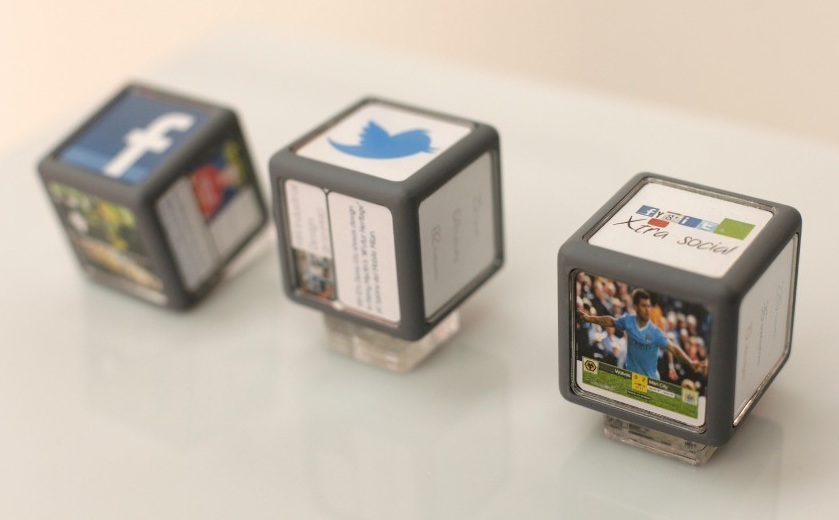
What you are about to see are five of the best short-listed hardware designs from Microsoft’s inaugural PC Hardware Design Project. Amongst the diverse line-up of conceptual designs are shining examples of innovation, creativity and ambition that represent not only their respective designers’ understanding of the largely impenetrable, crowded hardware market, but also show the vision and intuition to think ahead to the emerging tech trends of tomorrow. Say hello to the five designs you'll no doubt be seeing sooner than you think.
(1) The Keyflex – Victor Johansson
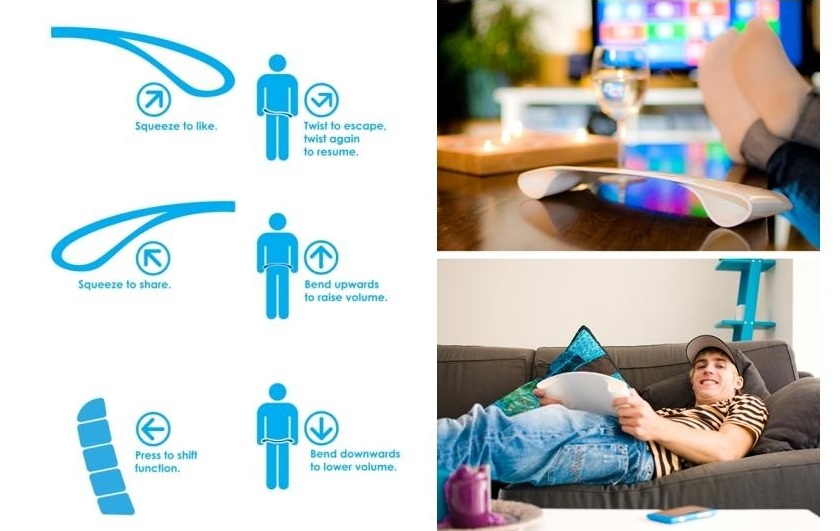
Taking home first prize was Swedish student Victor Johansson, whose ‘Keyflex’ is being referred to as an “evolution of the humble keyboard.” Made from a material that has the capacity to bend, twist and flex – if you hadn’t already worked out - the Keyflex takes user interaction one step further from merely pressing food-encrusted plastic keys.
Instead, users have the ability to bend, squeeze, twist and flex their way through a variety of inputs. Think bending one side of the device upwards to increase the volume of the PC, twisting the material clock-wise to fast-forward a part of a movie, or even squeezing on one side to share a post on Facebook.
(2) Designer Gloves – Duo Zhang
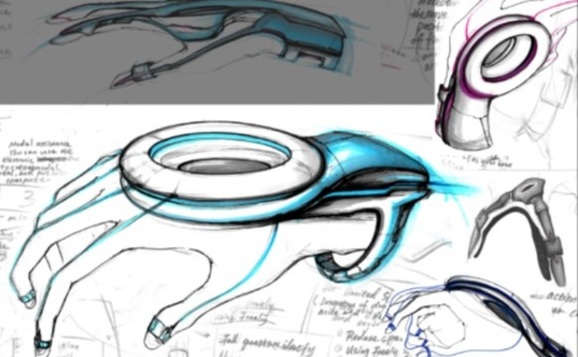
Not, as the name would otherwise imply, gloves that are the creation of some fashion boutique designer, but rather the invention of Duo Zhang and one aimed at graphic designers the world over. Equipped with optic sensors, finger-tracking and hand movement sensors, the ‘gloves’ map an artist’s movements to grant them more power over their own digital creations and then can be used to save their work digitally once complete. It might look like something out of Tron, Minority Report or indeed any other futuristic science-fictioner, but Duo’s creation is both achievable and one with a clear purpose in mind.
(3) Bendy-Cam – Martyna Bielecka
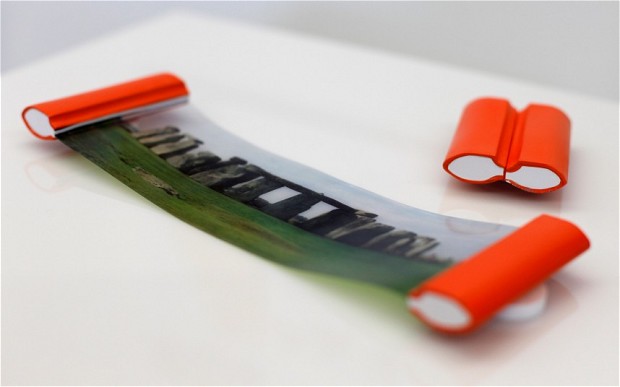
One of the more interesting conceptual product ideas from the awards came from designer Martyna Bielecka whose Bendy-Cam is a new take on the digital camera. Like the Keyflex from Johansson, the camera would be controlled entirely through bending, twisting and contorting its paper-thin, flexible and, by the looks of it, fairly sizeable display (allowing you to browse photos, share images and take pictures). The whole thing can even fold away into the nifty handles: how’s that for pocket-sized?
(4) Drag Fun Easy Reader – Caijun Yang
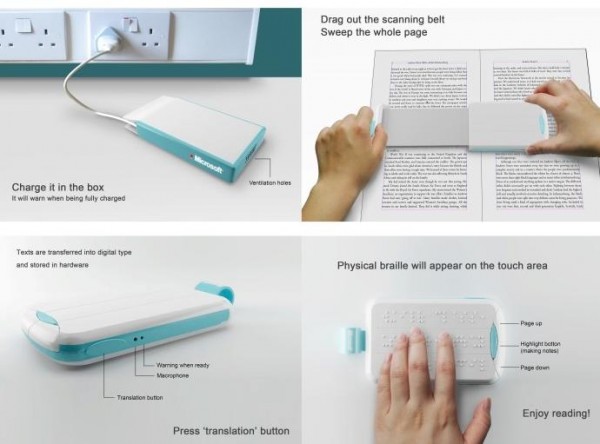
Perhaps the most purposeful of the designs from the UK Design Awards, the Drag Fun Easy Reader is a hand-held scanning device that ‘reads’ printed words on a page (whether a book, magazine, whatever) and then translates the respective words into Braille format, with the surface literally raising to form physical Braille writing in order to be touched and read by the user.
It accomplishes this by using a thin scanning belt to scan over the text, with the device then interpreting printed letters and words, saving what it has read in a digital format and then storing the data on its in-built memory. Given that fact, the device can also convert the text into audio to be listened to via headphones – kind of like an insta-audiobook.
(5) Digipost – Yuhan Wan
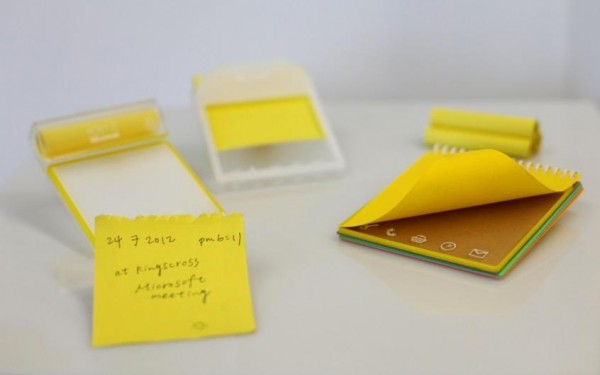
An almost too simple design to make it into our top five – our exclusions included internet-connected, touch-screen dice; a light-emitting glass ball that projects colour to reflect the feel of a players' in-game experience – but the Digipost just, well, makes perfect sense for us busybodies. For those of you have ever scrambled to find a pen at the fear of having to ask for those digits just one more time, the Digipost combines the ever-faithful yellow post-it note with a touch-sensitive pad underneath. Finish writing your message and it instantly uploads straight to a partnered PC. Simple yet oh-so-effective.

